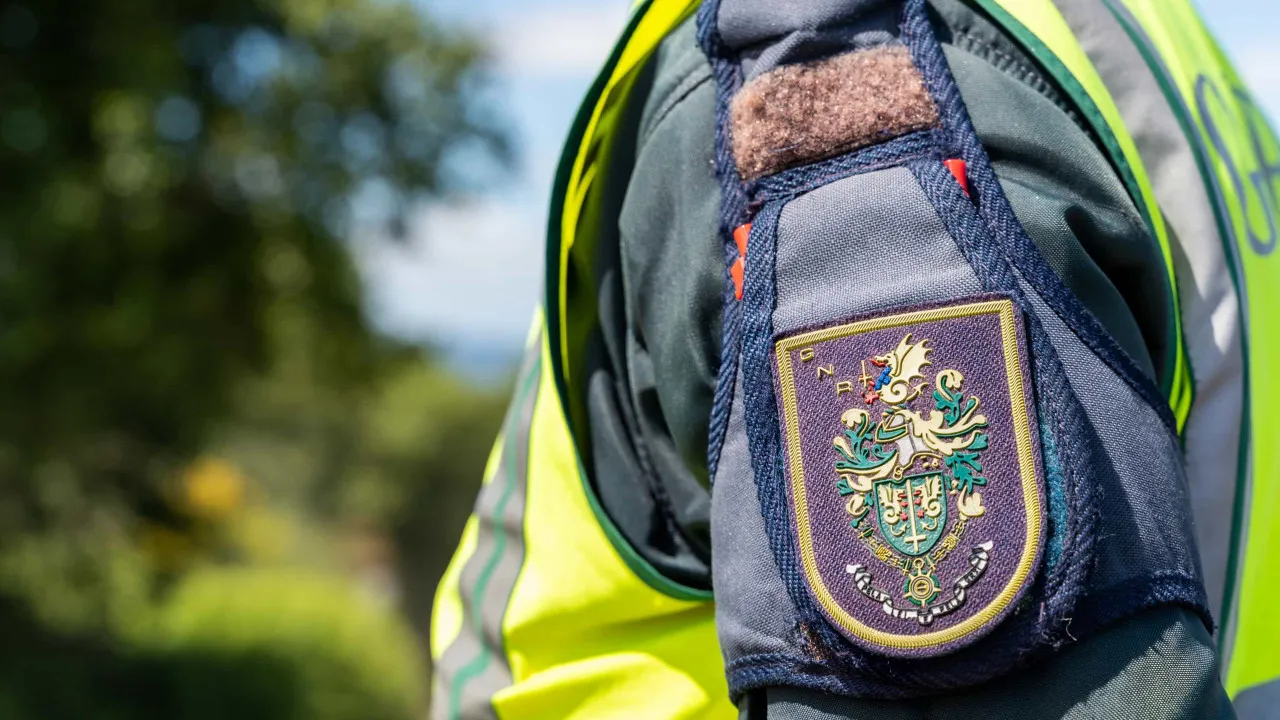
The CNPD report, available on its website, addresses the data processing involved in using a video surveillance system comprised of 25 portable cameras to capture images of forest areas and uninhabited regions. This aims to provide coverage in areas lacking surveillance and protection, enabling timely identification of fire occurrences in shadow zones where other forms of surveillance are inefficient due to inaccessibility.
The intervention locations are identified based on classifications from the Institute for Nature Conservation and Forests (ICNF), considering forest density and reasonable vulnerability to fire risks in these areas. Image capturing will occur from the authorization order date until November 3, the report states.
The Secretary of State for Internal Administration, overseeing the GNR, has the authority to approve the use of mobile cameras by this security force, but it must be preceded by a CNPD opinion. This was approved on the first day of this month by the CNPD, with three recommendations based on the provided and analyzed information.
The first recommendation is to determine how communications to the Public Prosecutor’s Office are conducted since, according to the information in the DPIA (Data Protection Impact Assessment), no recordings support such communication.
The CNPD also recommends that, if recording for subsequent image transmission occurs, a visible watermark configuration should be applied to the captured images. This should allow identification of the RPAS equipment (model and serial number or internal identification) to ensure the images’ integrity and traceability.
Lastly, the CNPD advises determining the fate of any recordings and setting a retention period for them.




